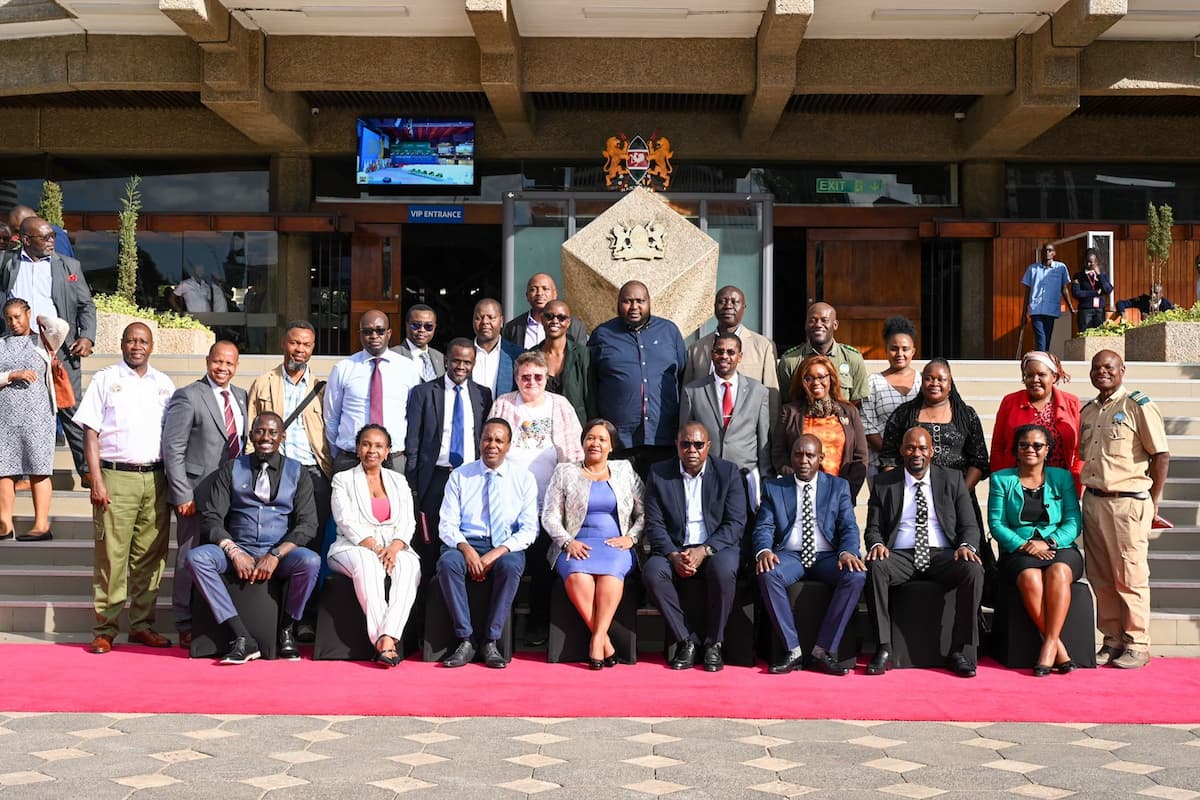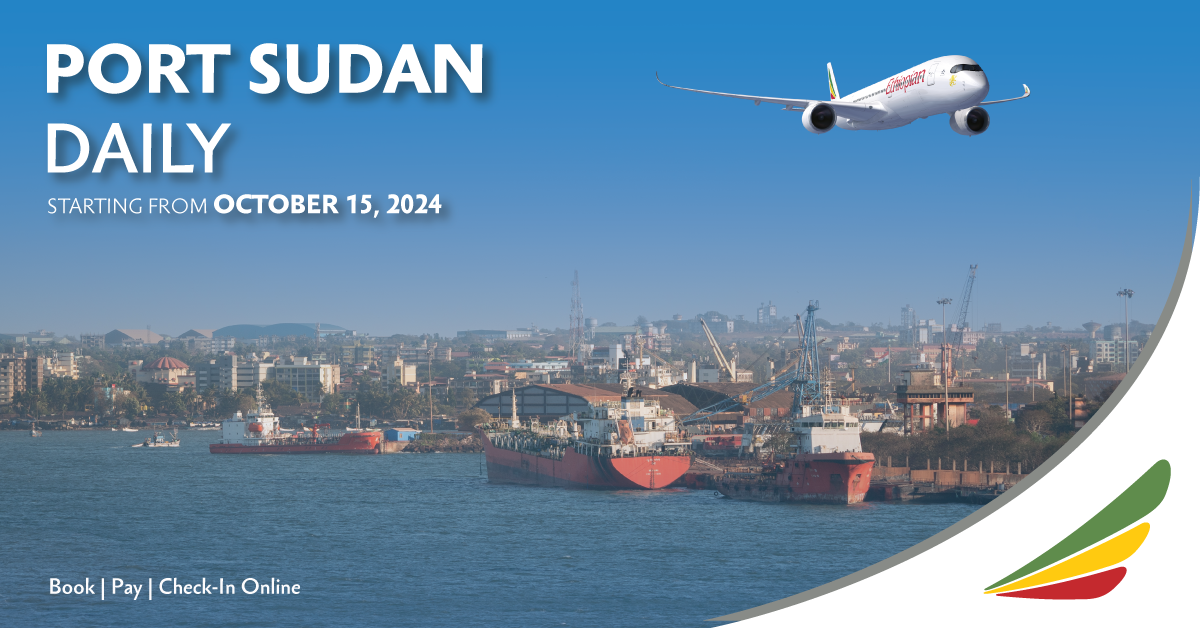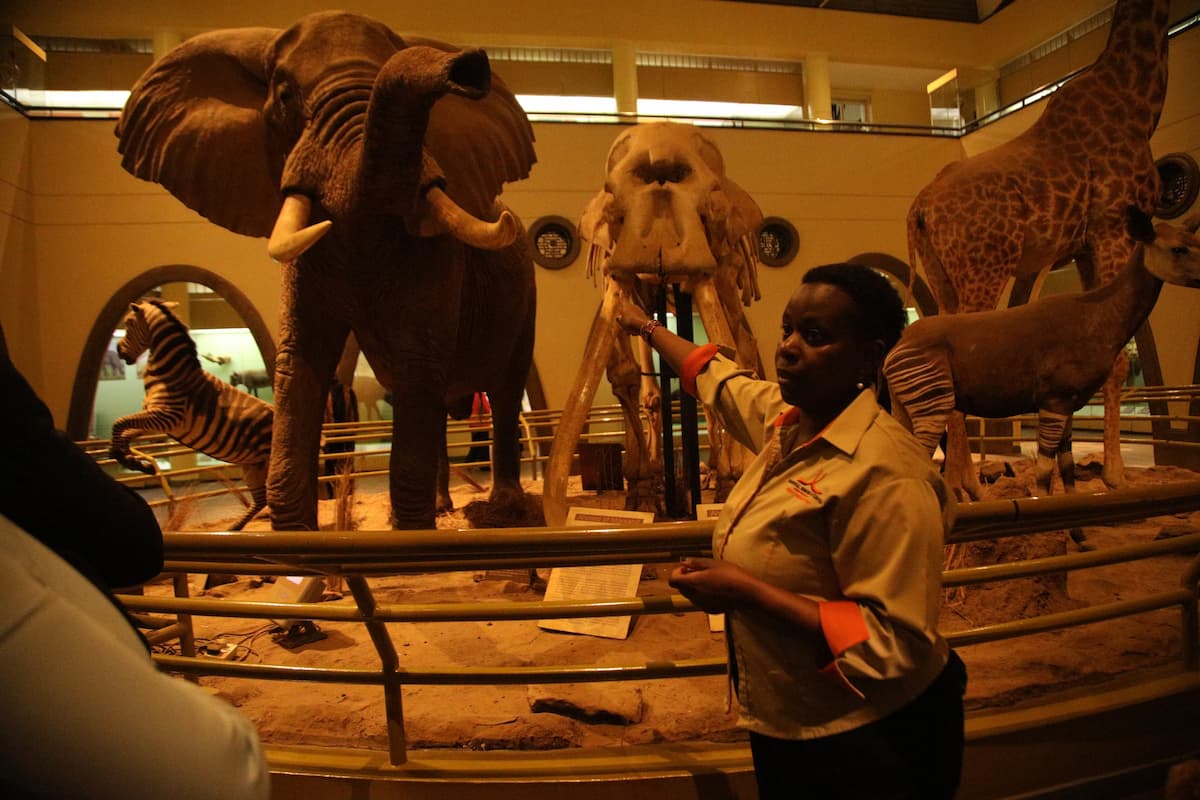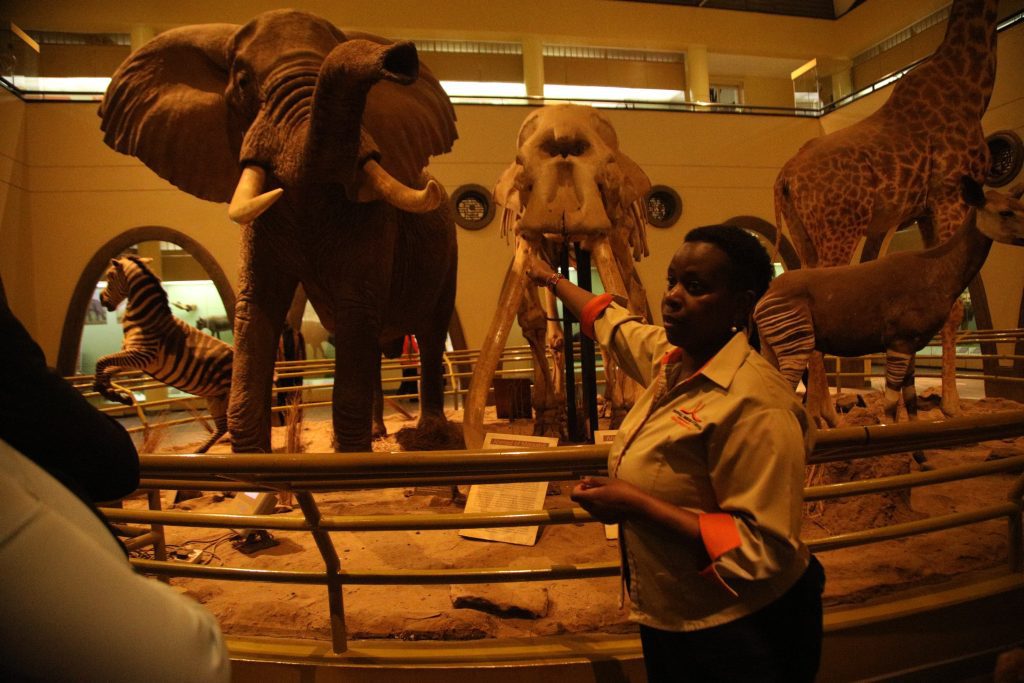Though better known for her iconic safaris and exquisite beach experiences, Kenya has huge untapped niche tourism potential awaiting exploration. Niche tourism—a preserve of adventure seekers looking for distinct experiences and enthusiasts of a range of thrills and penchants—presents an opportunity that Kenya’s tourism should consider veering into more intentionally. But which are Kenya’s most viable niche tourism offerings? Let’s consider six of the many.

Cultural tourism can draw from Kenya’s vast traditional heritage with her close to 50 people groups. This form of tourism feeds off the curiosity of visitors desirous of immersions built around unique time-garlanded antiquity of such people as Waswahili or the Maa communities. That is not to say each community does not have its distinctive allures tenable for cultural tourism. Far from it! The best way of embellishing this particular niche of tourism is to include homestays and cultural tours.
On eco-cum-conservation tourism, Kenya’s noteworthy biodiversity and keen commitment to conservation offer a reasonable foundation for eco-tourism. This niche enchants eco-conscious travellers who have a lot to sample in Kenya.
Adventure and sports tourism offers a low-hanging option for Kenya. Beyond our famed world-class athletes, marathoners and long-distance runners especially, Kenya is ripe for mountaineering, scuba diving, bird-watching, rock climbing, kite surfing and water rafting and more.
Kenya’s culinary diversity is excellent fodder for gastronomy tourism with her wide variety of flavourful dishes. Tourists can explore local food markets, take cooking classes and enjoy food tours that showcase Kenyan cuisine, from traditional delights to modern fusion dishes.
Kenya’s credentials as a travel hub with relatively good weather all year round makes for a perfect wellness and relaxation haven. From relaxation retreats to medical tourism, Kenya has what it takes to grow the wellness tourism niche.
Bird-watching tourism, is a rich niche tourism option for Kenya, courtesy of our diverse ecosystems that include wetlands, forests and grasslands where a wide variety of bird species dwell. Developing bird-watching trails, offering guided tours and promoting bird festivals can easily attract bird enthusiasts from around the world.
For niche tourism to thrive and attract good numbers, we need a strategic partnership with the private sector and feasible business models.
Private sector players are well placed to invest in accommodation facilities that are in sync with specific adventures tourists attracted by different niches would appreciate. For instance, hikers and bird-watchers are more likely to embrace camping sites with tented accommodation as opposed to tourists seeking medical tourism. This reality calls for thoughtfully designed facilities and experiences that offer entrepreneurs opportunities for investments. Transport is yet another area that the private sector can invest in to offer appropriate modes of moving tourists to their destination, be it in luxury vehicles of rugged carriages. Besides, for certain niche tourism experiences we need investors to set up such facilities as yoga studios, spas, botanical gardens, nature trails and so on.
It is one thing setting up niche tourism products but quite another telling the world what Kenya has on offer. Therefore, the private sector has its work cut out in marketing and branding so that tourists in all corners of the earth get the necessary information packaged captivatingly for uptake.
Ms Miano is the CS for Tourism and Wildlife
Source: Standard Media
















